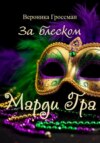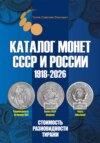Format
Tillar
Yuqori baho
Tanlanmagan
Kitoblar 4 va 5 yulduzlar bilan baholangan
Birja chegirmasi bilan
Tanlanmagan
Litres mualliflari
Tanlanmagan
Eksklyuzivlar
Tanlanmagan
Mashhur
100 вопросов к управляющей компании в многоквартирном доме
Полина Давыдова
rus tilida
Matn
70 161,42 s`om
























